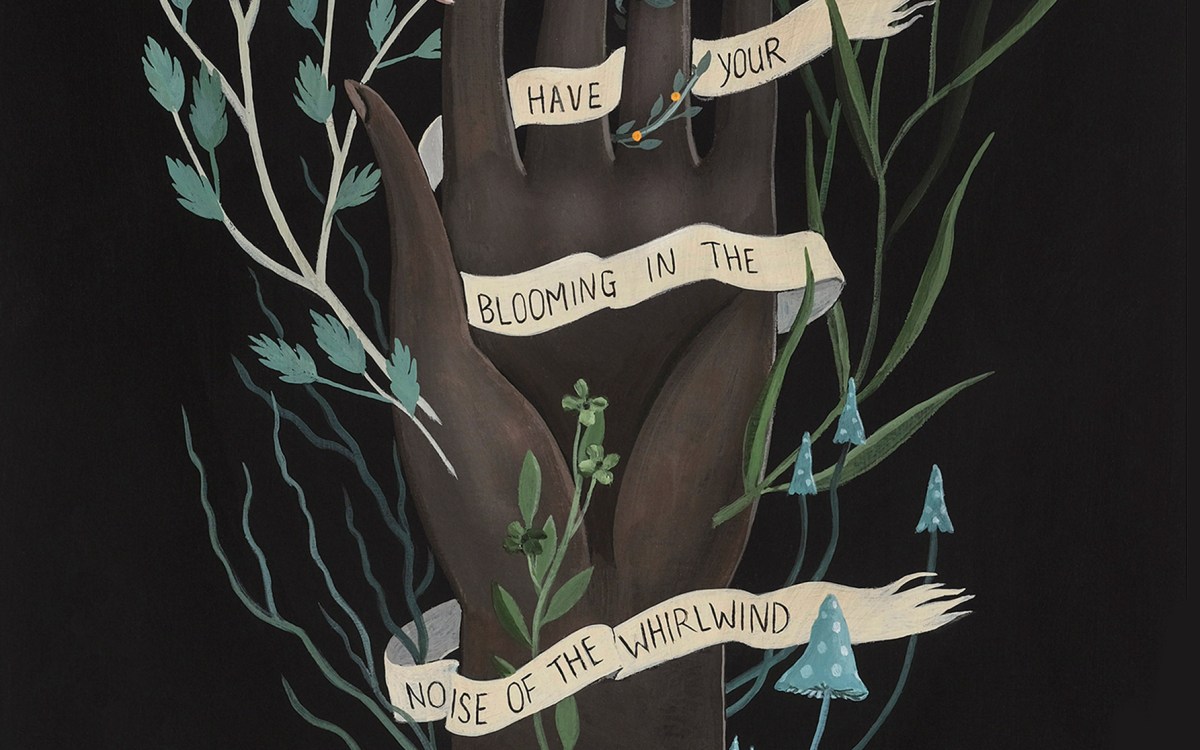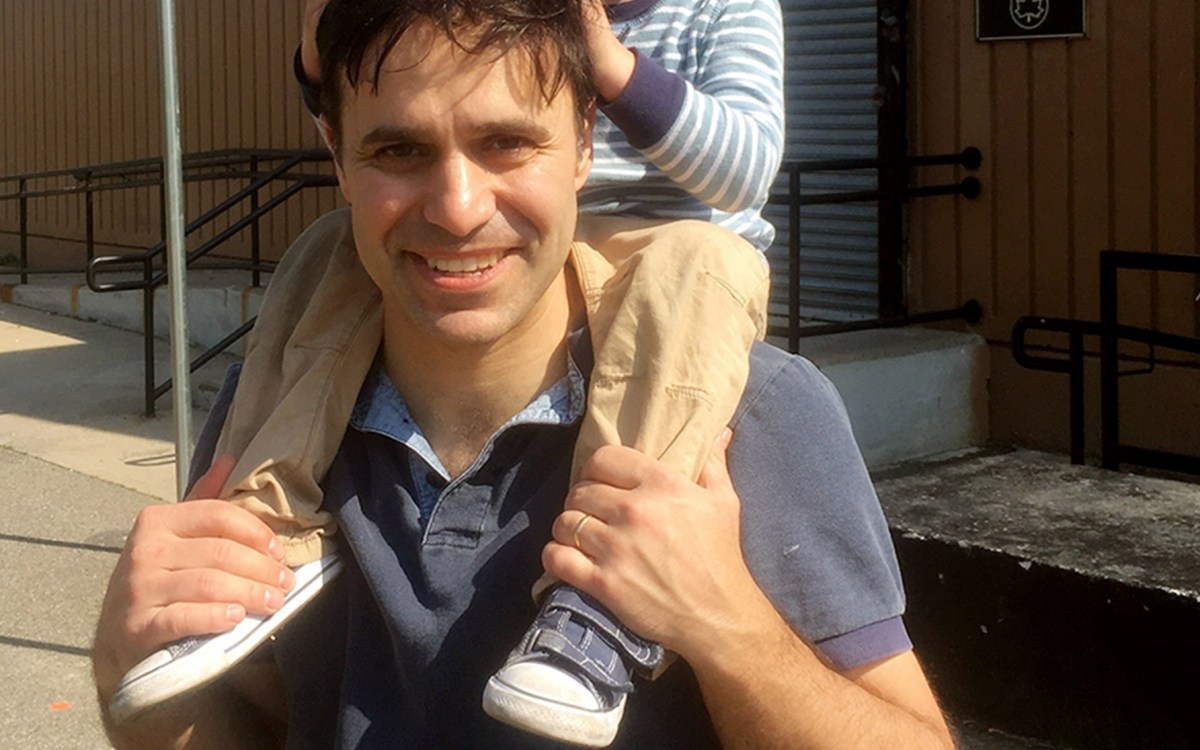
Does the world need COVID novels?
Too soon or an artistic imperative? Fiction writers reflect on the history, power, challenges of stories in which real life is a dominant character.
The pandemic may not be over, but pandemic fiction is off and running.
Among the COVID-shadowed novels that have hit the shelves in the past year and a half are “Our Country Friends” by Gary Shteyngart, in which eight friends spend lockdown in a house in upstate New York; “Summer,” the last novel in a quartet by Ali Smith; and Louise Erdrich’s “The Sentence,” which is haunted by both illness and a ghost. These works and others, steeped in the isolation and loss of the pandemic, have revived old questions about the challenges and rewards of bringing real-life drama into fiction in real time.
Worry not, says Valeria Luiselli, a visiting Harvard professor and acclaimed novelist whose books include “The Story of My Teeth” and “Lost Children Archive.” A novel, she says, is just a slice of a time. “In that sense, it offers but one layer of a historical narrative that only comes to view much, much later, and once many, many, many perspectives have been added. If you think of this as a kind of literary archaeology, the first novels about COVID-19 written during the pandemic are a kind of primary-source archive that later might be built on.”
Luiselli was the guest editor for the 2022 volume of The O. Henry Prize for Short Fiction, which includes three COVID-era stories: Alejandro Zambra’s “Screen Time,” Daniel Mason’s “The Wolves of Circassia,” and Lorrie Moore’s “Face Time.” The stories, said Luiselli, offer “a very raw and brutal gaze” on the pandemic, and the writers deserve credit for situating themselves “inside the very depths of tragedy.”
“They have been able to leave behind the first impressions of a pandemic,” said Luiselli. “Their work is tremendously valuable.”

Authors Gish Jen (clockwise from top left), Tara Menon, Valeria Luiselli, and Keith Gessen.
File photos (top row) by Stephanie Mitchell, Jon Chase/Harvard Staff Photographers; photos (bottom row) by Emily Gould, Diego Berruecos
The temptation to bring wars, epidemics, and global tragedies to fiction is not new. In 1939, Katherine Anne Porter published “Pale Horse, Pale Rider,” a story about two lovers who met during the 1918-1919 flu pandemic that spread against the backdrop of World War I. Published in 1937, William Maxwell’s “They Came Like Swallows” was set during the same epidemic. And perhaps most famously, Albert Camus in 1947 published “The Plague,” which has been widely interpreted as an allegory of the Nazi occupation of France.
Readers turn to such novels in part to understand something about their own condition, said Tara Menon, an assistant professor of English. In our current moment, these works can provide insight into experiences of isolation and trauma and expose us to realities different from our own — life in an emergency room, for example, or the panic that comes with running out of breath. But they should also strive to reveal something fundamental about the human condition, Menon added.
Menon pointed to Sigrid Nunez’s “Salvation City” (2010) and Emily St. John Mandel’s “Station Eleven” (2014) as valuable examples of pandemic fiction. “These two novels were written way before COVID-19 was a reality,” she said, “but they do what we can hope for from the best fiction — they imagine new kinds of social relations that emerge after a devastating pandemic.”
“Who is the god that tells us that things are too early or too late? Things just are.”
Valeria Luiselli, novelist and visiting professor
Almost no one who has lived through the COVID era has been spared the waves of dread and trauma rippling out from inescapable loss. For Gish Jen ’77, fiction has served as a coping mechanism. “Novels do much, much more than help us process trauma, heaven knows,” said Jen, currently a visiting professor of English at Harvard. “However, they can also help us process trauma. What happened during COVID, what didn’t happen because of COVID, what could happen if there is another COVID — we will all be turning these things over for a long time, and novels can help us in retrospect — as, by the way, they helped in real time: I know I was not alone in feeling steadied by books like Camus’ ‘The Plague’ and William Maxwell’s ‘They Came Like Swallows.’”
At any time, in any form, fiction can help us make sense of our own story arcs, said Keith Gessen ’98, who followed the novels “All the Sad Young Literary Men” and “A Terrible Country” with the recent memoir “Raising Raffi.”
“When I read fiction, I’m often thinking how this illuminates or compares to my experience,” he said. “And then you start fitting your own experience into that story and you start thinking, ‘What would I do in that situation?’ and ‘What does that say about me?’ It allows for some self-reflection in the process of reading.”
As for whether it is too soon to write about the pandemic, Luiselli dismissed that notion. “Who is the god that tells us that things are too early or too late? Things just are. And it is definitely not too early for those that felt the impulse to document it and write about it. And it’s not too early for some people that will read a COVID-19 story or novel that might allow them to make better sense of this experience.”
Ultimately, the efforts of fiction writers who are willing to grapple with the pandemic in their work could help readers grapple with their own memories of the past three years, Menon said.
“What the best pandemic fiction writers can do or could do is imagine what it is that has been lost and then reconstruct or imagine a future where one can recover what has been lost,” said Menon. “It seems important to understand why certain losses have been painful in order to construct a version of the future that is somehow more hopeful.”







